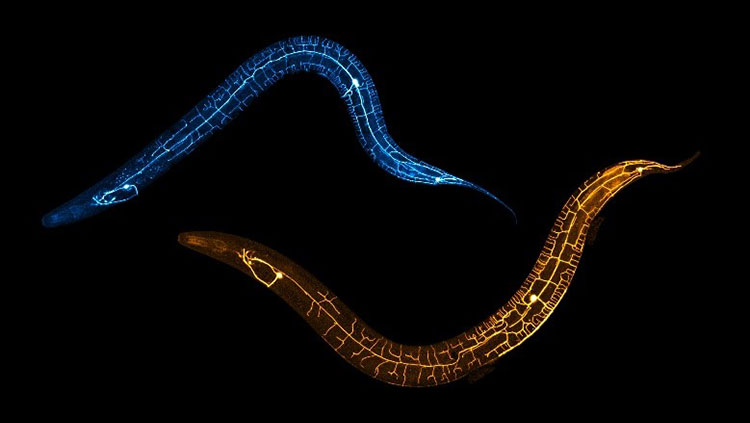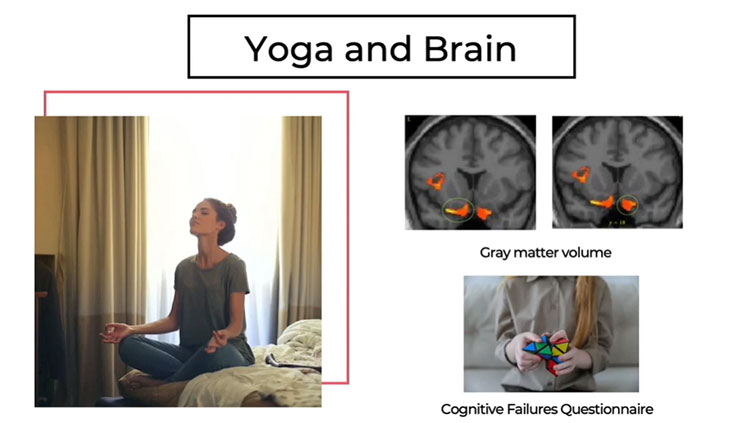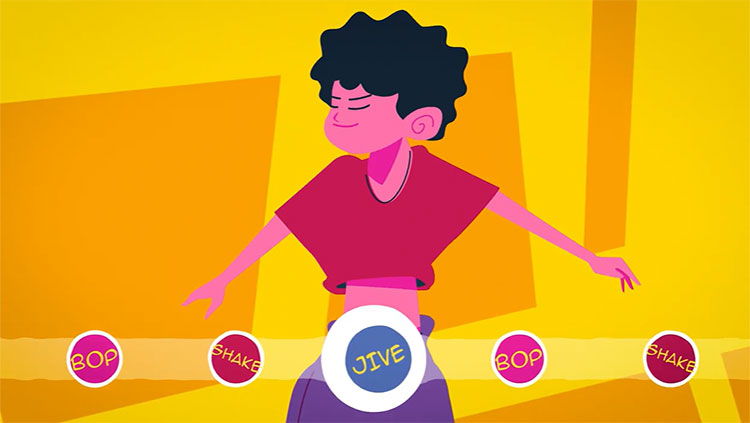Activating Voluntary Movements
- Reviewed5 Oct 2022
- Author Karen Hopkin
- Source BrainFacts/SfN

Have you ever marveled at the athleticism of a tennis player as she lands a perfect serve, or the virtuosity of a pianist whose fingers dance through a sonata? These are special and dramatic movements. Yet in our daily lives, each of us performs a suite of complex, skilled movements that are equally remarkable — from walking and talking, to signing our names, or sending a text.
All of these movements rely on muscles, the structures of the body that produce movement. Most muscles attach to the skeleton and span joints, the sites where two or more bones come together. The close relationship of these muscles to the skeleton gives them their name — skeletal muscles.
Activating muscles can either flex or extend the joint that they span. Muscles that bend a joint, bringing the bones closer together, are called flexors; muscles that straighten the joint, increasing the angle between the bones, are called extensors. Flexors and extensors work in opposition, so when one set of muscles contracts, the other relaxes. For example, bending the elbow requires contraction of the biceps (a flexor) and relaxation of the triceps (an extensor). For such motions, the muscles that promote the movement are called agonists, and those that oppose or inhibit the movement are antagonists.
Skilled, rapid movements — like throwing a dart — are started by agonists and stopped by antagonists, allowing the limb to accelerate and halt with great speed and precision. For some movements, agonists and their opposing antagonists contract at the same time, which is called co-contraction. These simultaneous actions can stabilize or control a movement, such as holding an object at arm’s length or stabilizing an immobile joint during isometric exercises.
Whether flexion or extension, the movement of all skeletal muscles is controlled by the central nervous system (the brain and spinal cord). A skeletal muscle is made up of thousands of individual muscle cells, called muscle fibers. Each muscle fiber is controlled by a single alpha motor neuron that originates in the spinal cord or the brain. However, each of these alpha motor neurons can control multiple muscle fibers (from a few to 100 or more). An alpha motor neuron plus all the muscle fibers it controls form a functional unit known as a motor unit, the critical link between the central nervous system and skeletal muscles. When motor neurons die — as happens in diseases like amyotrophic lateral sclerosis (ALS) — people can lose their ability to move.
Some muscles act not on joints but on soft tissue. For example, muscles in the head and neck enable us to move our eyes, chew and swallow food, have conversations, and control our facial expressions. These muscles are also controlled by the central nervous system, and they operate in much the same way as those that attach to bones.
Adapted from the 8th edition of Brain Facts by Karen Hopkin.
CONTENT PROVIDED BY
BrainFacts/SfN
References
Ataxia. 2017. Diseases and Conditions. Mayo Foundation for Medical Education and Research. https://www.mayoclinic.org/diseases-conditions/ataxia/symptoms-causes/syc-20355652
Keihn, O., Dougherty, K., Pfaff, D.W. (ed.). 2013. Neuroscience in the 21st Century, Chapter 38, Springer Science+Business Media, LLC 2013. DOI: 10.1007/978-1-4614-1997-6_42
King, S. 2010. Reflex Reactions – Our Body’s Rapid Defense Mechanism. Positive Health Online. Issue 176. Compass Internet Ltd. http://www.positivehealth.com/article/chiropractic/reflex-reactions-our-body-s-rapid-defence-mechanism
Manto, M., Bower, J.M., Conforto, A.B. et al. 2012. Consensus Paper: Roles of the Cerebellum in Motor Control—The Diversity of Ideas on Cerebellar Involvement in Movement. Cerebellum 11, 457–487 (2012). https://doi.org/10.1007/s12311-011-0331-9
Marder, E., & Bucher, D. 2001. Central pattern generators and the control of rhythmic movements. Current biology: CB, 11(23), R986–R996. https://doi.org/10.1016/s0960-9822(01)00581-4
Shanmugarajah, P.D., Hoggard, N., Currie, S. et al. Alcohol-related cerebellar degeneration: not all down to toxicity? Cerebellum ataxias 3, 17 2016. https://doi.org/10.1186/s40673-016-0055-1
Wise S.P. and Shadmehr, R. 2002. Motor Control. Encyclopedia of the Human Brain. Vol 3.
What to Read Next
Also In Movement
Trending
Popular articles on BrainFacts.org



















